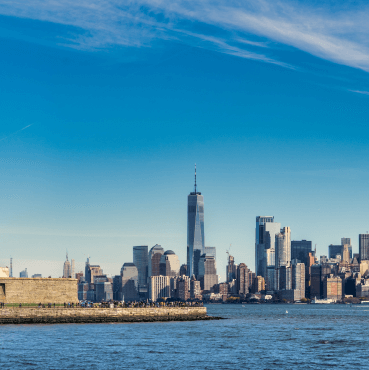Ngorongoro Conservation Area is a UNESCO World Heritage Site and forms an International Biosphere Reserve with Serengeti National Park. Ngorongoro Crater, 165km west of Arusha, forms part of the chain of extinct volcanoes in the Crater Highlands, in the Great Rift Valley in Tanzania. The crater floor is 265sq km (100sq mi) and has a rim 600m high, forming the largest unbroken caldera in the world dating 2.5 million years. Ngorongoro means big hole in Maasai and shelters a dense microcosm of thousands of animals across its 20km wide floor, and one of the greatest concentrations of wildlife in Africa.
The main features of Ngorongoro Crater are open plains, Lake Magadi, Gorigor Swamp, and Lerai Forest. There are about 25,000 large mammals including the Big Five. The endangered black rhino is easy to see but are often hidden among the herds on the edge of the Crater. Elephants prefer to take shelter in Lerai Forest among the fever trees. Here you can also spot olive baboons and vervet monkeys. (Lerai Picnic area provides stunning views of the landscape while you enjoy your lunch unless the vervet monkeys or raptors have already snatched it away from you).
Spotted and striped hyenas abound in the Crater and you may encounter them feeding on carrion while the jackals and Roeppell’s griffon vultures await their turn. Cheetahs are often seen keeping a watchful eye on the antelope. There are about 200 species of birds including Masai ostriches, grey crowned cranes, kori bastards, secretary birds, cormorants, egrets, herons, grebes, pelicans, and flamingos feeding in Lake Magadi. The herds, although able to enter and exit the Crater, do not migrate because there is an abundance of resources year-round.
The best time to visit Ngorongoro Crater is any time of the year except during the rainy season from April to May. Maasai pastoralists live throughout the Ngorongoro Conservation Area and a cultural tour is a great way to experience their culture up close and take some memorable photos.




